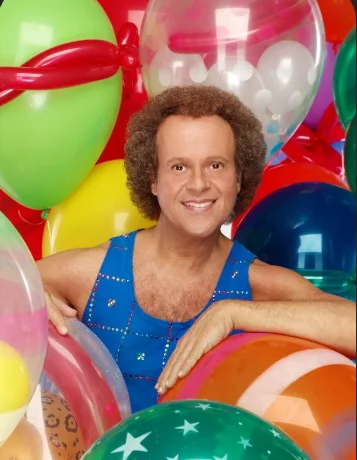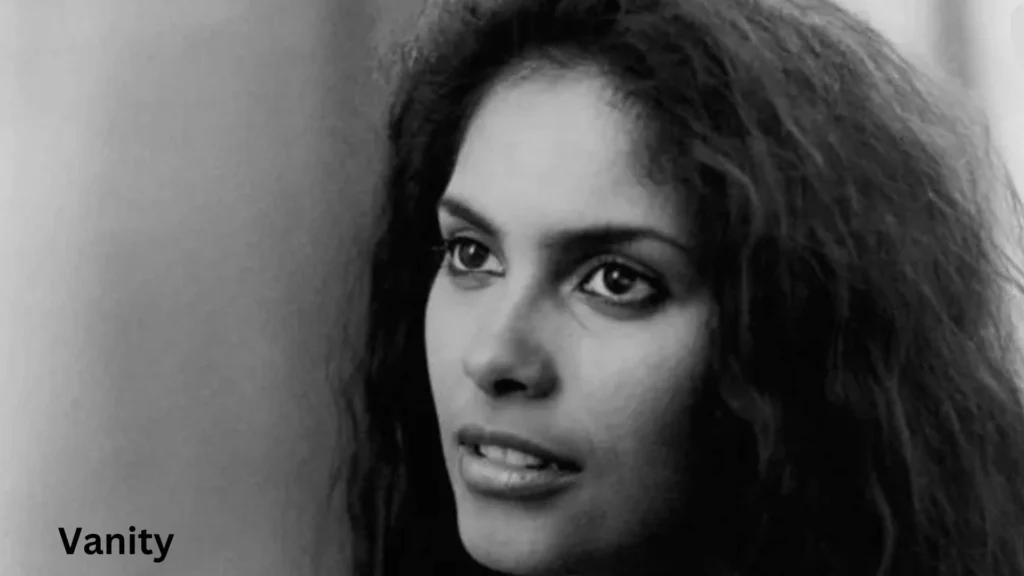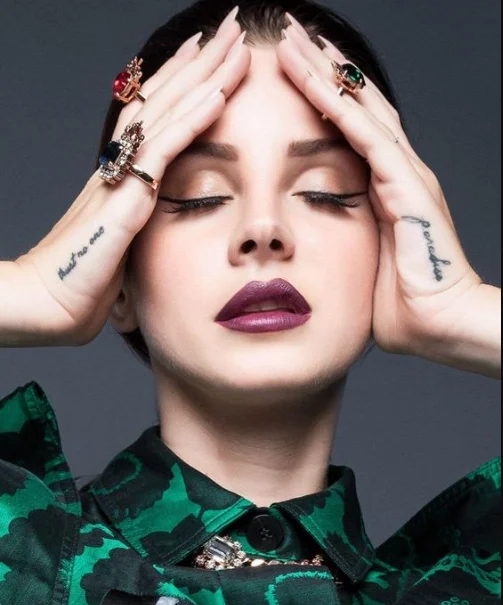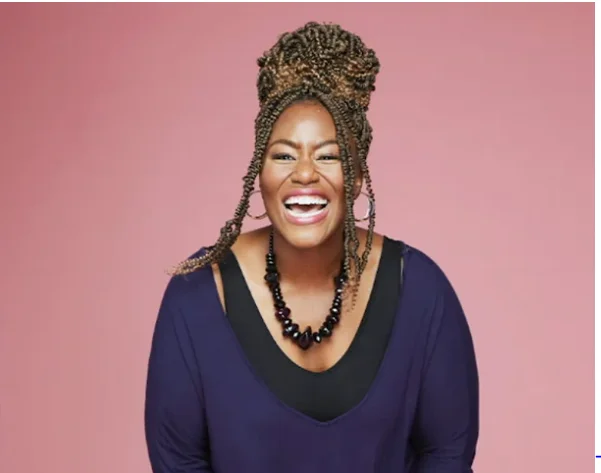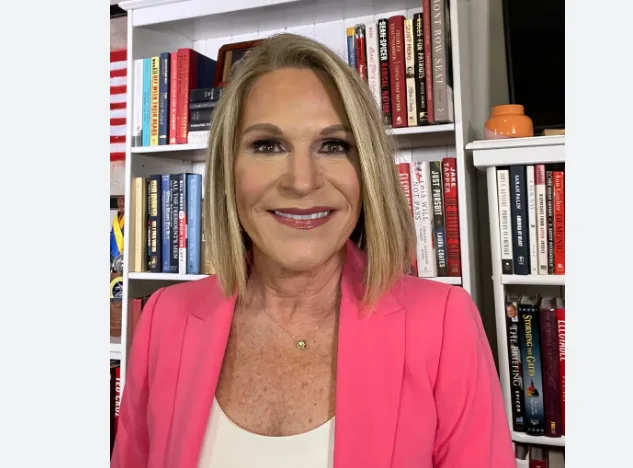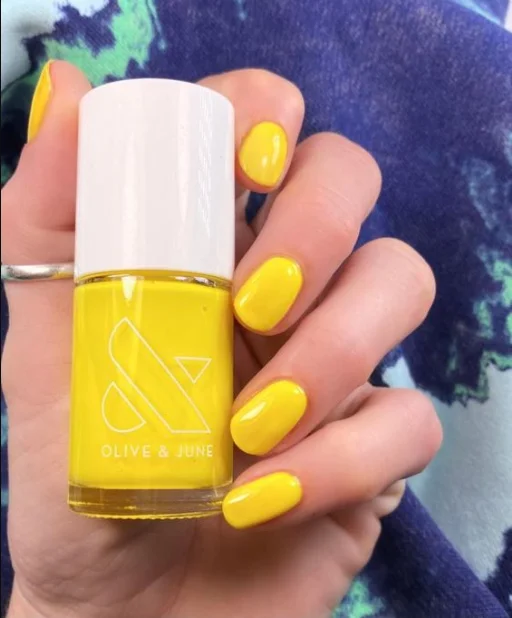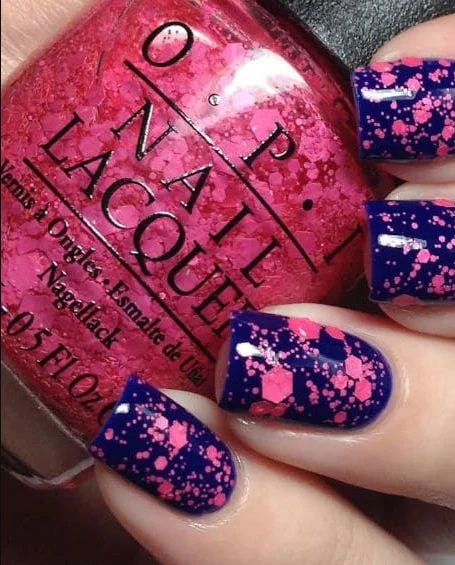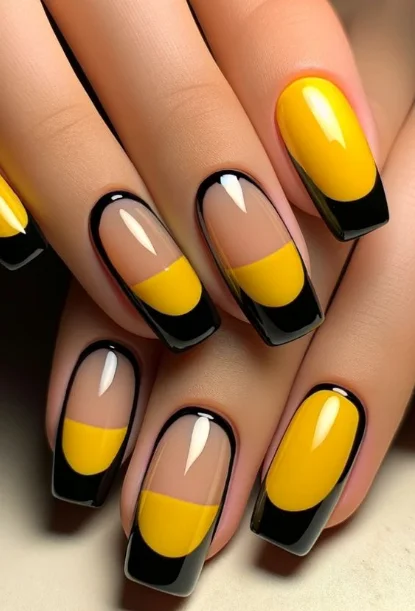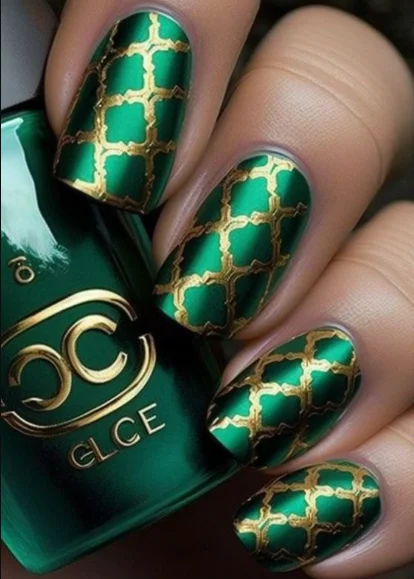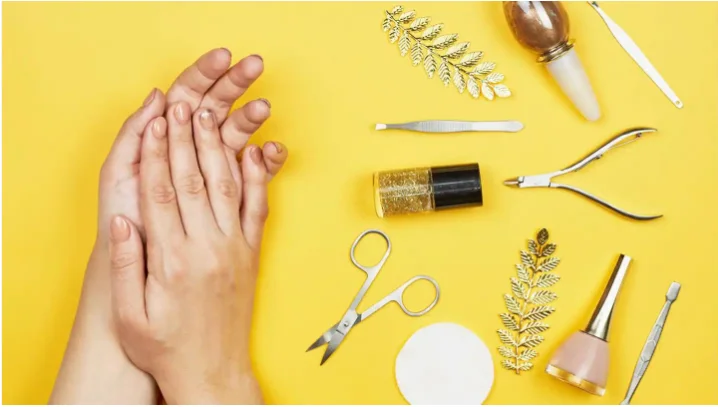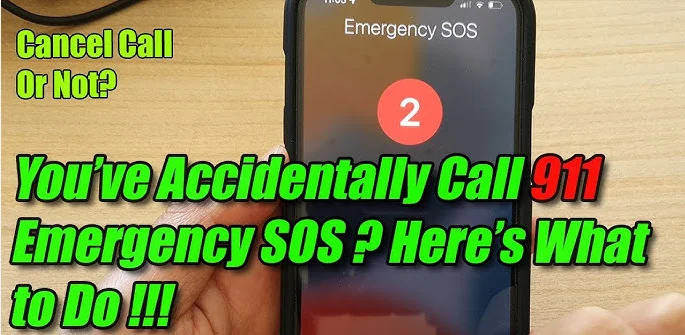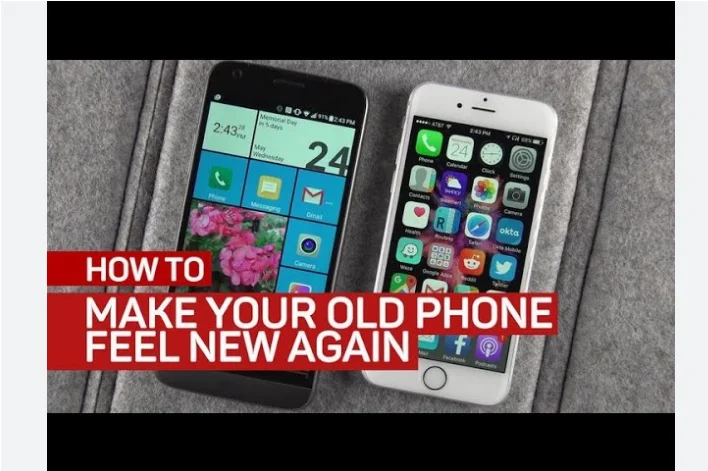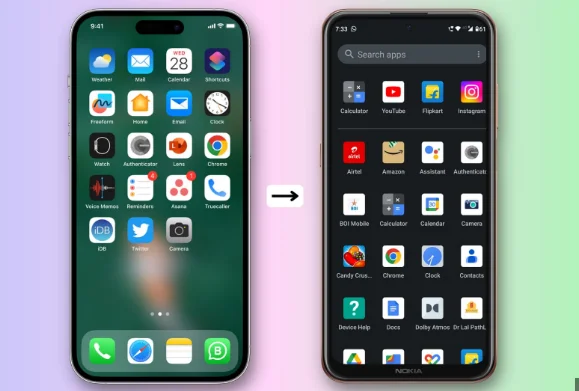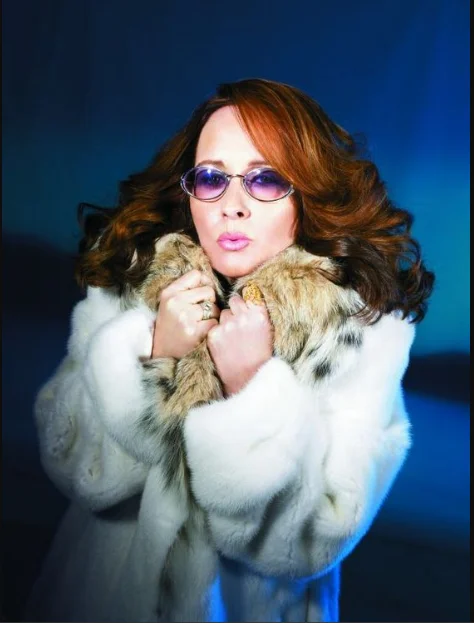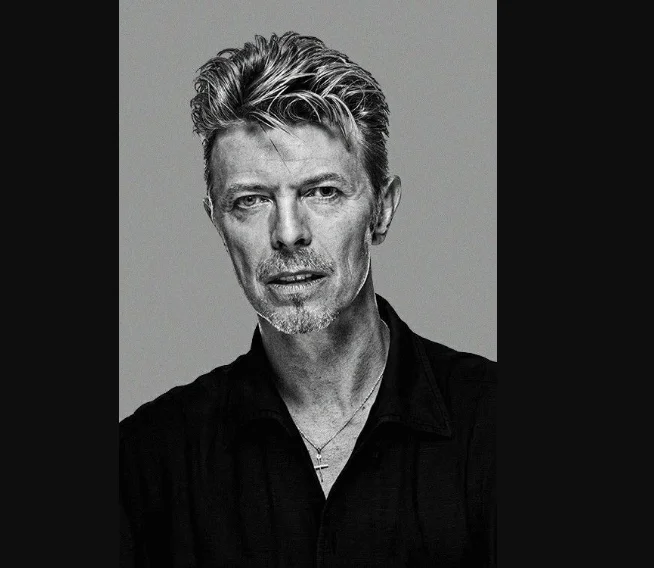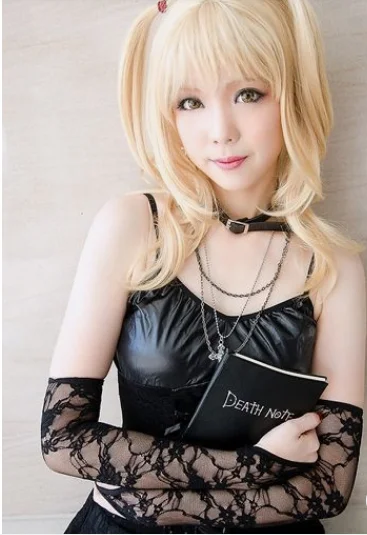Death Tarot Card Meaning
Welcome to the mysterious realm of tarot, where ancient symbolism and enigmatic imagery intertwine to guide us through life’s twists and turns. In this captivating journey, we encounter a card that strikes fear into the hearts of many: Death (XIII), the 13th trump or Major Arcana card. But hold on! Don’t let its name deter you just yet, for there is much more to this card than meets the eye.

Step into our mystical world as we delve deep into the meaning behind the Death Tarot Card. We’ll unravel its symbolic tapestry, explore traditional interpretations versus modern perspectives, and discover how it can be used for personal growth. Prepare yourself for a transformative experience as we embrace the power of death in tarot readings. So grab your cards and open your mind it’s time to embark on an extraordinary adventure!
Death Tarot Symbolism and Imagery of the Card
Symbolism and imagery play a significant role in understanding the Death tarot card. This powerful card is often depicted with a skeleton, symbolizing the inevitable nature of death itself. The Grim Reaper, with its long black cloak and scythe, adds to the sense of foreboding and finality.
Surrounding the central figure are people from all walks of life – kings, bishops, and commoners alike. This signifies that death does not discriminate; it comes for everyone eventually. The presence of dead or dying individuals serves as a reminder that life is fleeting and temporary.
The horse often seen in depictions of the Death card represents change and transformation. It carries both the rider (death) and those being guided towards their ultimate fate. This reinforces the idea that death brings about profound transformations in one’s life.
The sickle held by Death symbolizes cutting ties or letting go of attachments that no longer serve us. It represents an end to old patterns or relationships so that new ones can emerge.
The symbolism and imagery on this card remind us to embrace change, accept endings, and recognize our own mortality. Through acknowledging these transformative aspects, we can gain greater self-awareness and make room for growth in our lives without fear or resistance.
Traditional Interpretation of the Death Card
When it comes to traditional interpretations of the Death card in tarot, things can get quite interesting. Despite its ominous name and chilling imagery, this card is not actually associated with physical death. Instead, it symbolizes transformation and rebirth.
In many traditional decks, the Death card depicts a skeletal figure wielding a sickle. Surrounding this grim reaper are people from all walks of life – kings, bishops, and commoners alike – all meeting their demise. This imagery serves as a reminder that death is an inevitable part of life.
The traditional interpretation of the Death card suggests that it signifies endings and letting go of attachments. It represents profound change and encourages individuals to embrace transformation rather than resist it. In fact, this card often indicates an opportunity for personal growth through self-awareness.
Contrary to popular belief, drawing the Death card in a tarot reading does not necessarily foretell doom or disaster. Instead, it invites us to reflect on our own mortality and reminds us that change is constant. By embracing these changes willingly and adapting to new circumstances with grace, we can navigate life’s challenges more effectively.
So next time you come across the Death card during your tarot reading or see it pop up in a spread, don’t fear its presence! Embrace its transformative energy instead by recognizing that every ending brings forth new beginnings.
Modern Interpretations and Misconceptions
In the world of tarot, the Death card has often been met with fear and apprehension. However, modern interpretations have shed new light on its true meaning. It is important to note that this card does not necessarily represent physical death, but rather symbolizes endings and profound transformations.
One common misconception about the Death card is that it signifies a literal death or tragedy. This couldn’t be further from the truth! Instead, it serves as a catalyst for personal growth and self-awareness. When this card appears in a reading, it indicates that major changes are on the horizon – changes that will ultimately lead to positive outcomes.
Another modern interpretation of the Death card emphasizes letting go of attachments. It reminds us to release what no longer serves us in order to make room for new beginnings. This could involve leaving behind toxic relationships, unhealthy habits, or outdated belief systems. By embracing change and letting go of what weighs us down, we create space for personal transformation.
It’s worth noting that our perception of death itself has evolved over time. In many cultures today, death is seen as a natural part of life’s cycle rather than something to be feared. The Death card reflects this shift in perspective by encouraging us to embrace endings as opportunities for rebirth and renewal.
Modern interpretations of the Death card remind us that change is inevitable and necessary for growth. Embracing these transformations allows us to let go of old patterns and beliefs that no longer serve our highest good.
So next time you encounter the Death card in your tarot reading or come across it during gameplay, remember its true significance an invitation to welcome change with open arms and embark on a journey towards self-discovery and personal evolution!
The Role of Death in Tarot Readings
When it comes to tarot readings, the Death card holds a significant role. Its presence may seem daunting at first, but its symbolism goes far beyond physical demise. In fact, this card represents profound transformation and rebirth.
In tarot readings, the Death card signifies an end to a particular phase or aspect of your life. It serves as a powerful reminder that change is inevitable and necessary for growth. Just like the seasons shift and transform, so does our journey through life.
While many fear the idea of endings, the Death card prompts us to embrace them with open arms. Through letting go of attachments and old patterns that no longer serve us, we create space for new beginnings.
In tarot readings, the Death card encourages self-reflection and introspection. It asks us to examine our beliefs, behaviors, and relationships in order to gain a deeper understanding of ourselves. By confronting what needs to be released or transformed within us, we can move forward on our path with clarity and purpose.
Contrary to popular belief, encountering the Death card does not imply impending doom or tragedy. Rather than predicting literal death or misfortune in your life journey ahead; it points towards personal growth by shedding old ways that hinder progress.
So when you come across the ominous image of the Grim Reaper during a tarot reading; remember that its message is one of liberation rather than despair. Embrace change willingly knowing that through these transformative experiences lies great potential for renewal and spiritual evolution.
How to Use the Death Card for Personal Growth
The Death card may seem intimidating at first glance, with its imagery of a skeletal figure and symbols of mortality. But fear not! This card holds tremendous potential for personal growth and transformation.
It’s important to remember that the Death card rarely represents physical death in tarot readings. Instead, it signifies endings and transitions in our lives. By embracing this concept, we can use the Death card as a tool for letting go of old patterns and beliefs that no longer serve us.
When faced with the Death card in a reading, take time to reflect on what needs to be released or transformed in your life. Are there any attachments or relationships that are holding you back? The Death card invites you to let go of these burdens so that you can make room for new opportunities and experiences.
Embracing change is never easy, but the Death card reminds us that growth often requires stepping out of our comfort zones. It encourages us to embrace uncertainty and trust in the process of transformation. By doing so, we open ourselves up to new possibilities and personal evolution.
Incorporating rituals or practices into your life can also enhance your experience with the Death card. Consider journaling about what needs to be released or creating symbolic gestures such as burning old photographs or writing letters that express your desire for change.
Remember, using the Death card for personal growth is all about embracing endings as opportunities for new beginnings. When we allow ourselves to release what no longer serves us, we create space for growth, self-awareness, and profound transformation.
The Transformative Power of Death in Tarot
As we have explored the meaning, symbolism, and interpretations of the Death tarot card, one thing becomes clear: death is not merely an end but a gateway to transformation. The grim imagery may initially evoke fear or discomfort, but it holds within it immense potential for growth and renewal.
In tarot readings, the Death card serves as a reminder that change is inevitable and necessary for personal evolution. It urges us to let go of attachments that no longer serve us, whether they be relationships, beliefs, or patterns of behavior. By embracing these endings with grace and acceptance, we create space for new beginnings to emerge.
Death teaches us about impermanence and the fragility of life. It reminds us to live fully in each moment and cherish what truly matters. When faced with challenges or setbacks represented by the Death card in a reading, we are encouraged to confront them head-on rather than resist or deny them. Through this process of facing our fears and embracing change, we can experience profound personal growth.
The transformative power of death extends beyond individual lives; it also applies to societies and civilizations. Just as individuals must adapt to changing circumstances, so too do communities evolve over time. The Death card invites us to reflect on societal structures that may be outdated or oppressive and encourages collective transformation towards greater equality and justice.
In conclusion (without using those words), while the Death tarot card may initially instill fear or apprehension due to its association with mortality, it offers valuable lessons about embracing change and finding strength in transformation. By understanding its deeper meanings beyond physical demise, we can utilize this powerful archetype as a tool for personal growth and self-awareness.
